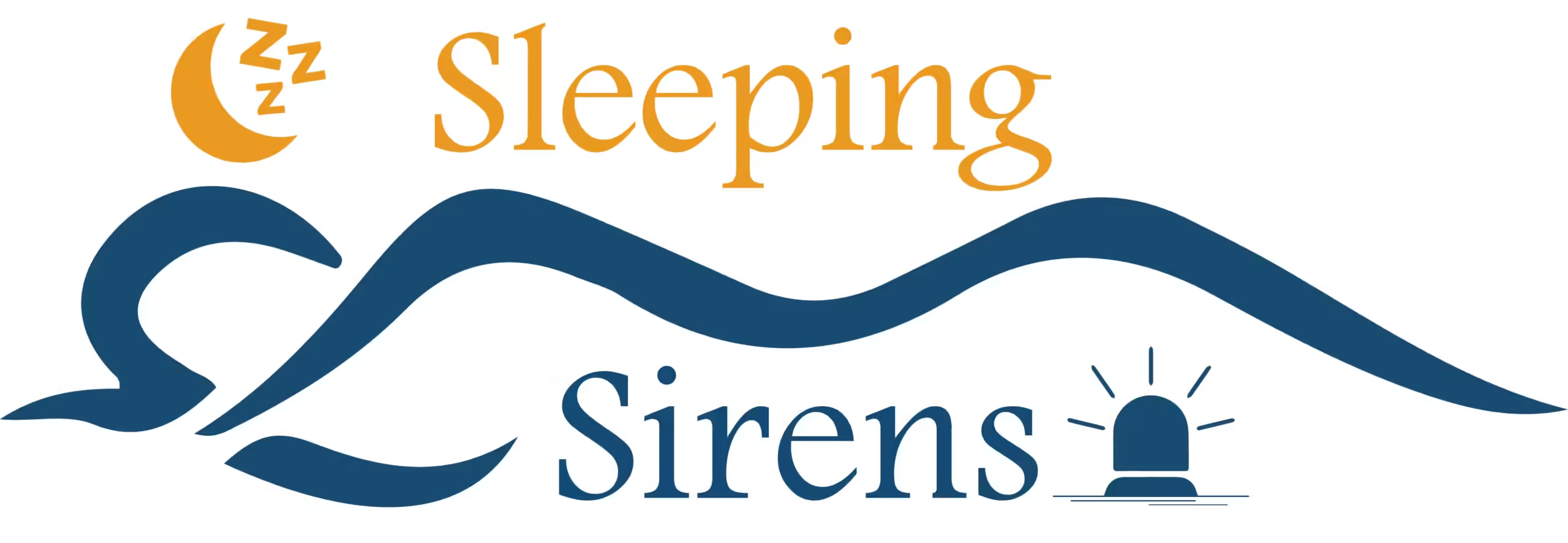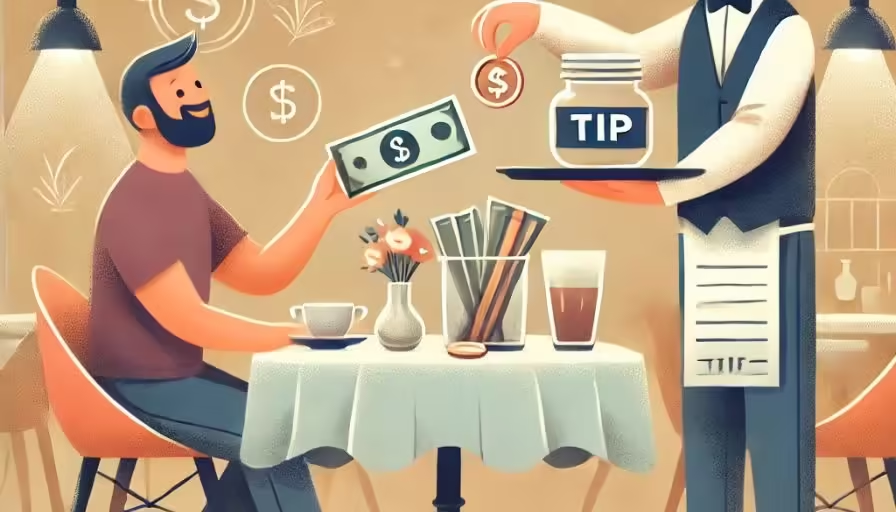Table of Contents
Introduction
Tipping (TP) is an integral part of American culture, and it often catches visitors from other countries by surprise. Whether you’re dining at a restaurant, riding in a taxi, or getting a haircut, it is not just expected—it’s part of the social fabric. This blog takes a closer look at T-culture in the U.S., why it exists, and the debates surrounding it.
A Brief History of TP in the U.S.
TP in the U.S. traces its origins to the post-Civil War era, when wealthy Americans traveled to Europe and adopted the practice. Over time, TP became entrenched in the service industry, particularly in restaurants, as a way to supplement wages.
Why is TP So Prevalent in the U.S.?
The TP system in the U.S. exists largely because of wage structures. In many states, employees in the service industry earn below the federal minimum wage, with tips making up the difference. TP is seen not only as a reward for good service but as a necessity for many workers to make ends meet.
Who Relies on TP for Their Income?
Waitstaff and Bartenders
Servers and bartenders are the most common recipients of tips. Their base wages are often far below minimum wage, with tips making up the majority of their income.
Taxi and Rideshare Drivers
Drivers in the gig economy, such as Uber and Lyft drivers, depend heavily on tips, as their base pay varies based on demand and distance.
Hotel Workers and Housekeepers
TP hotel staff, such as bellhops and housekeepers, is a common way to show appreciation for personalized service.
Barbers and Hairdressers
In salons and barbershops, TP is standard, with customers typically adding 15-20% of the service cost as a tip.
Standard TP Rates Across Industries
- Restaurants: 15-20% of the total bill
- Bars: $1-2 per drink
- Rideshare/Taxis: 10-15% of the fare
- Hotels: $1-5 per bag for bellhops, $3-5 per night for housekeeping
- Salons/Barbers: 15-20% of the total service cost
The Psychology of TP: A Social Norm
TP isn’t just about money; it’s a social practice. Many people tip to express gratitude, avoid guilt, or adhere to social expectations. The act of TP can often be influenced by the quality of service, mood, or social pressure.
The Controversy: Should TP Be Mandatory?
There’s an ongoing debate about whether TP should remain voluntary or be replaced by service charges. Critics argue that TP places the burden on customers to compensate workers, while supporters claim it motivates better service.
TP vs. Service Charges: What’s the Difference?
A tip is voluntary and reflects the customer’s satisfaction, while a service charge is a mandatory fee added to the bill. Some businesses have started adding service charges to eliminate the ambiguity around TP.
Cultural Differences: TP in the U.S. vs. Other Countries
While TP is expected in the U.S., it’s not as common in many other countries. In Europe, service charges are often included in the bill, and TP is seen as optional. In Japan, TP can even be considered rude, as it implies that the service was not included in the base price.
Impact of TP on Worker Wages
Because tipping is part of their expected income, many workers in the U.S. earn wages far below the federal minimum. This structure leaves them vulnerable to fluctuations in customer generosity, especially during economic downturns.
The Role of Employers in TP Culture
Some argue that tipping culture allows employers to pay lower wages, transferring the responsibility for fair compensation onto customers. Efforts to change this model, such as the adoption of higher base wages, have sparked debate among businesses and policymakers.
How COVID-19 Changed TP Trends
During the COVID-19 pandemic, TP practices shifted. Many people began TP more generously as a way to support frontline workers, and some businesses introduced new TP options to account for increased labor demands and safety protocols.
Digital Payment Systems and the Rise of Suggested Tips
With the rise of digital payments, suggested TP options have become more common. Payment apps and terminals often offer pre-set tip percentages, making it easier—but also more pressured—for customers to tip.
TP Etiquette: Do’s and Don’ts
- Do tip for good service, even if it’s not mandatory.
- Don’t skip the tip if you’re unhappy—consider giving feedback instead.
- Do tip in cash if possible; it ensures the worker receives it immediately.
- Don’t feel obligated to over-tip, but aim for the standard rate.
Conclusion
TP in the United States is more than just a financial gesture; it’s a social expectation deeply woven into the fabric of American culture. While it serves as an essential income source for many workers, the system also sparks debates about fairness and wage structures. As TP practices evolve, especially with the rise of digital payments and service charges, one thing remains certain: TP continues to reflect both gratitude and societal norms.
Tip Calculator
FAQs about TP in the U.S.
- Is TP mandatory in the U.S.?
While not legally mandatory, TP is expected in most service industries. - What happens if I don’t tip?
Not TP can be seen as poor etiquette and may affect the worker’s income. - How much should I tip at a restaurant?
The standard rate is 15-20% of the total bill. - Are service charges the same as tips?
No, service charges are mandatory fees, while tips are voluntary. - Has COVID-19 changed TP practices?
Yes, many people started TP more generously during the pandemic to support workers.
More blogs: https://sleepingsirens.com

